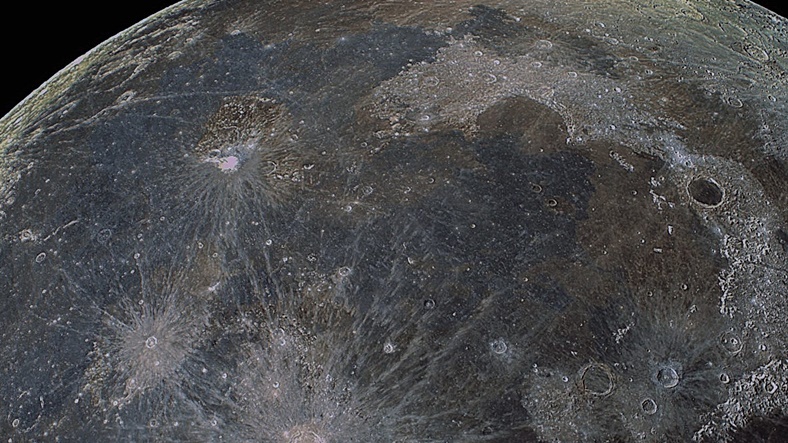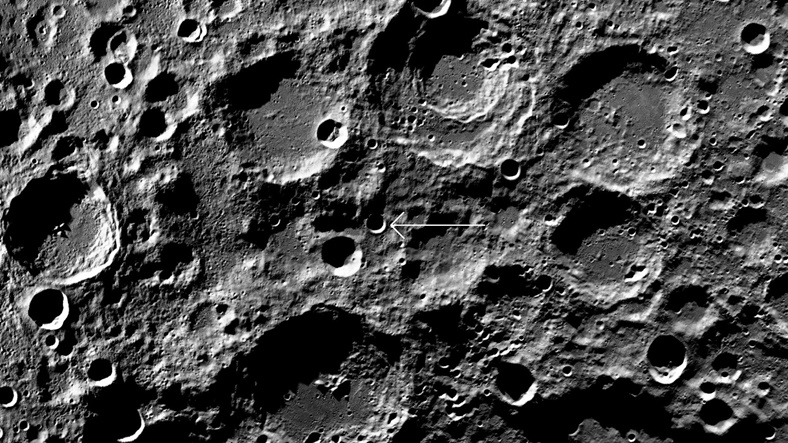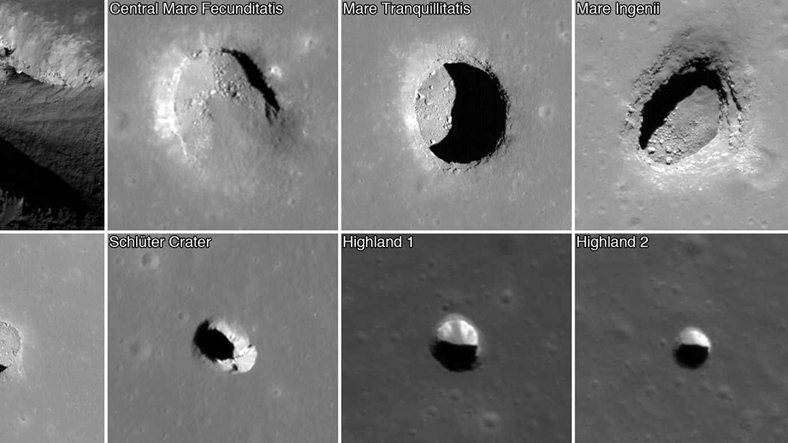What the dark spots on the Moon’s surface are is a matter of curiosity for many who are interested in the sky. What is the secret of these layers, which are more visible to the naked eye, especially during the full moon?
Areas that appeared dark and gray in ancient times It was believed to be the sea. Light and gray areas on the Moon’s surface were considered land. However, observations made over time is wrong revealed.
Subsequent observations of the Moon showed that the light gray areas were high, rugged areas covered with craters. In dark gray areas low and flat areas appeared to be. But did these observations illuminate the truth? Or was more answers needed? Let’s see together.
According to ancient astronomers, these dark areas on the Moon’s surface are Latin for Maria was defined as. Maria means sea.
These regions are approximately the surface of the Moon. covering 17 percent as although most of it remains on the surface visible from Earth. It is also known that there are fewer meteorites in dark-colored regions than in lighter-colored regions. In other words, the structures called Maria are actually young geological structures. Maria’s During the formation periods, the number of meteorites hitting the surface of the Moon increased due to the dust cloud surrounding the Moon. The gravitational effects of the Sun and other celestial bodies have reduced the number of meteorites hitting the Moon over time. In short, the formation patterns and chemical compositions of these dark and light colored regions are not similar to each other.
In other words, we can understand that these structures, called Maria, were formed as a result of the coating of lava flows from the crater floors.

Robert Wagner of Arizona State University said that these pits on the Moon’s surface falling meteorite He states that it is formed by the collapse of the under-discharged surface due to the vibrations that occur as a result of the vibrations. In fact, it is thought that a molten rock flowed under the surface, causing the long tube-like passages over time. This causes the Moon’s surface to collapse over time.

The meteorite, which hit the surface of the Moon with great force, hurled the surface up and your lava can get it out. Thus, we can say that different voids may form under the surface. In fact, Wager says that the ages of these pit layers can be determined thanks to the examinations to be made on the surface of these pits. Moreover, it is thought that solar wind particles trapped in these pits may also be found.

Of the more than 200 holes seen to date, 29 have been found to be younger than one billion years. Even scientists call them ‘Copernicus’ crater have been classified in. It is known that all three holes discovered by the spacecraft Kaguya are among this classification. After all, you should know that those pitted areas you see on the Moon’s surface are made of solidified lava.
Resources: 12
